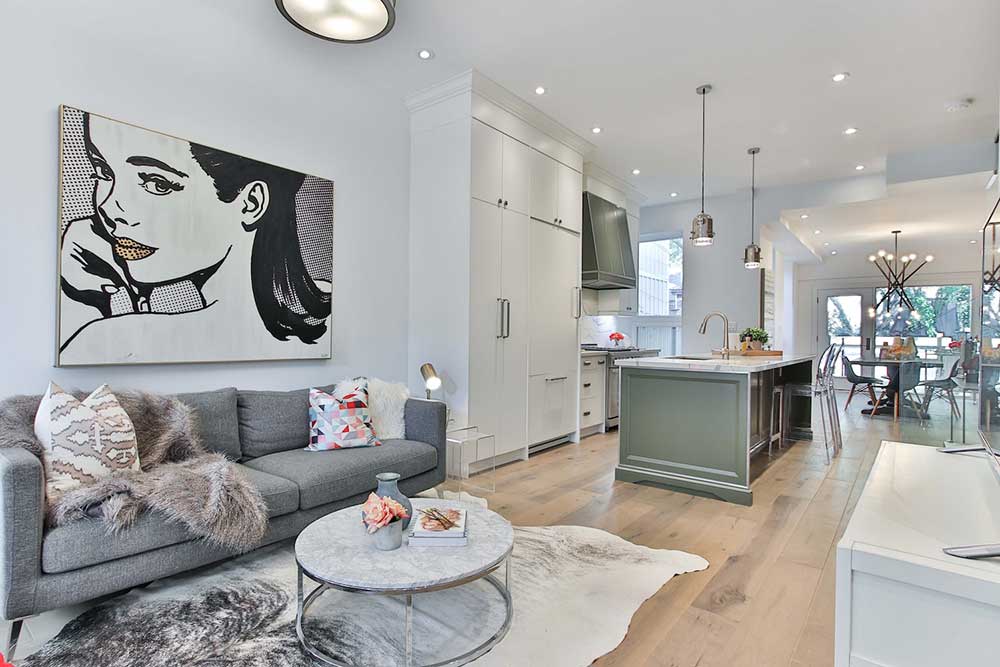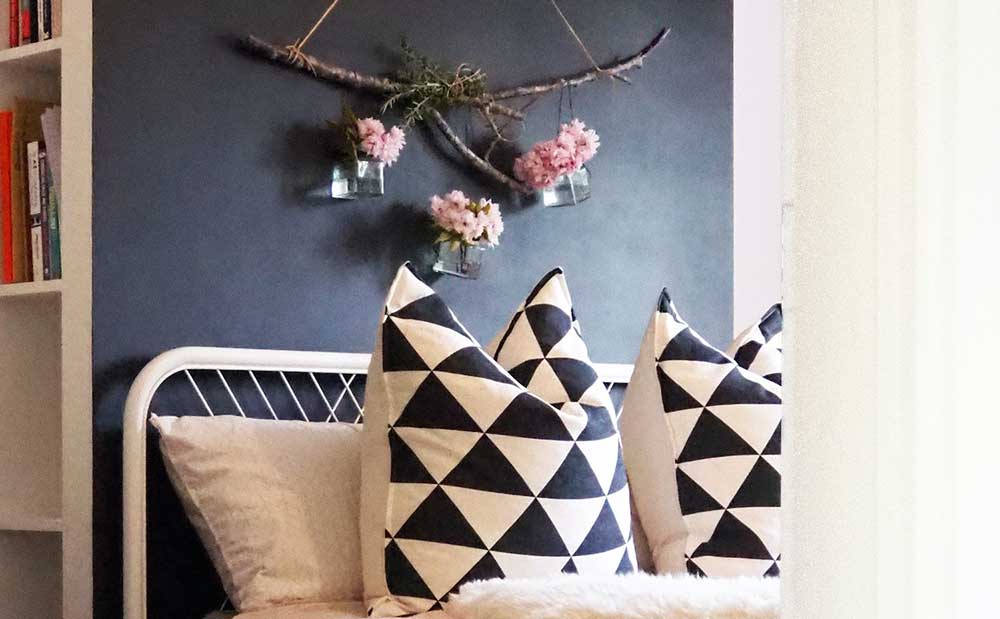One Coat Paint: Does It Really Work?

One coat paint sounds like the DIY painter’s dream – a paint so thick, so vibrant that one coat results in a bright, even, true-to-colour finish. But can this cheat’s paint really achieve the flawless effect of two or more coats?
The truth is, one-coat paint often disappoints. Discover the reasons why a second coat can make all the difference in your next painting project.
The benefits of applying more than one coat of paint
Shortcuts aren’t always what they’re cracked up to be. Here’s why you should opt for a second coat of paint.
Your finished paint job will look better
Plain and simple. Two or more coats of paint offers a rich, smooth, and even finish that one coat of paint just cannot mimic. Sure, some paint formulas are a little thicker than others, but that doesn’t mean they can deliver your desired effect.
What’s more, don’t assume that one coat will cut it when interior painting with a darker colour. This just isn’t true. Deeper and darker hues – including browns and on-trend jewel tones – often have less body than lighter colours. One coat can look patchy or streaky. To get that lush, show-stopping colour pay-off, you’ll need to commit to at least two coats.
Your surfaces will be better protected
It’s not all about the overall look – applying two coats of paint has practical benefits, too. One coat of paint just won’t stand up to daily wear and tear as well as two coats.
Plus, an interior or exterior wall with two coats of paint will be significantly easier to clean.
You can choose any colour you want

If you’re not overly fussed by the finish of your walls, you might get away with one coat paint if you’ve chosen a colour similar to the existing paint. For example, you can try doing one coat of soft beige or biscuit over a white wall.
If you’re transforming that dated purple feature wall with a fresh and clean white, forget aiming for one coat of paint. When painting a light colour over a dark colour, you’ll need two, three, or more coats of paint. Be sure to use a top-quality primer, too.
Factors to consider in the number of coat paints
By now you might be wondering, "How many coats of paint do I really need for my painting project?" It's a question that depends on several factors, so let's break it down together.
Existing colour and desired finish
If you're painting a light colour over an existing light shade, generally, two coats should be enough. But if you're going bold and dark over either a dark or a light background, you'll likely need at least two coats, or possibly more, depending on the intensity.
Going the other way, painting a light colour over a dark one? That can be a bit tricky. You might need a primer plus two to three coats of paint to make sure the previous dark shade is fully covered.
Type and quality of paint
The quality of the paint you're using also matters. If you've chosen a high-quality paint, you might be satisfied with just two coats. If you've opted for a less expensive option, be prepared for the possibility of needing additional coats to get that smooth, even finish.
Surface condition
Now, think about the surface you're painting. If it's smooth and has been primed, two coats should usually do the trick. But if you're dealing with a porous, textured, or damaged surface, be ready to invest a little more time in additional coats or a primer.
Your preferences
Lastly, don't forget your personal preferences. Sometimes, it's all about the look you want to achieve. You might prefer a richer colour depth or a certain texture that requires more or fewer coats.
Let us help
There’s no getting around it, no miracle product, and no sure-fire shortcut. Painting can be hard work. If you’d prefer to leave the hard work to us, get in touch. We’d be more than happy to help you transform your space. Contact our friendly team for a quote on 07 3829 5735.
